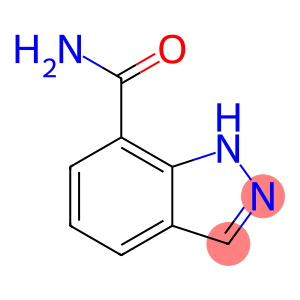Dioctyl terephthalate(CAS#6422-86-2)
| Safety Description | 24/25 – Avoid contact with skin and eyes. |
| WGK Germany | 1 |
| RTECS | WZ0883500 |
| HS Code | 29173990 |
Introduction
Di(2-ethylhexyl) terephthalate. The following is an introduction to the properties, uses, preparation methods and safety information of this compound:Properties: DEPH is a colorless to light yellow liquid with low volatility and low vapor pressure. DEPH is virtually insoluble in water at room temperature, but soluble in a variety of organic solvents such as methanol, ethanol, and dimethyl ether.Uses: DEPH has a wide range of applications in the industrial and medical sectors. It is mainly used to synthesize high-performance polyester resins, which have important applications in coatings, inks, adhesives, and other fields. DEPH can also be used as a plasticizer to improve the softness and ductility of plastics.Preparation method: DEPH is mainly prepared by the esterification reaction of terephthalic acid and 2-ethylhexanoic acid.Safety Information: DEPH is generally considered relatively safe under normal conditions of use. It can be irritating to the skin and eyes. When using it, care should be taken to avoid contact with skin and eyes, and appropriate protective measures should be taken, such as wearing gloves and goggles. Make sure to operate in a well-ventilated area to avoid inhaling its vapors. In case of accidental contact or inhalation, move to a ventilated area immediately, rinse the affected area with clean water, and seek medical attention promptly.







